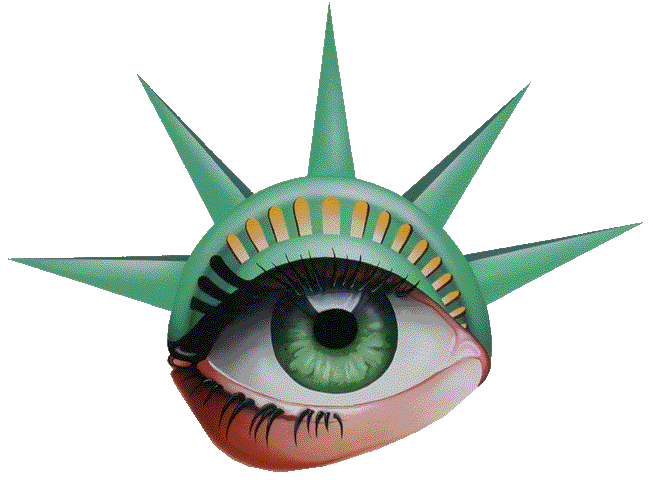LASIK stands for Laser-Assisted In Situ Keratomileusis. This popular vision correction procedure reshapes the cornea, enabling light entering the eye to be properly focused onto the retina for clearer vision. At Liberty Laser Eye Center, located in the bustling heart of the Washington DC Metro area, we are committed to providing comprehensive insights into LASIK, ensuring our patients and readers are well-informed about this life-changing procedure.
What Does LASIK Stand For?
LASIK involves an intricate process where a specialized laser is used to correct vision imperfections like myopia (nearsightedness), hyperopia (farsightedness), and astigmatism. The following table offers a detailed breakdown of each component within the LASIK procedure:
| Component | Description |
|---|---|
| L – Laser | Utilizes a precise, controlled beam of light to reshape the cornea. |
| A – Assisted | The procedure is assisted by advanced technology and a skilled surgeon. |
| S – In Situ | Latin for “in the original place,” referring to the cornea’s reshaping occurring within its natural location. |
| I – Keratomileusis | A surgical process where the cornea is reshaped to correct refractive errors. |
| K – N/A | The ‘K’ in LASIK is derived from the Greek word “kerato,” meaning cornea. |
This table provides a glimpse into the complexity and precision of the LASIK procedure, highlighting the technological and medical expertise required to perform such a transformative vision correction method.
Frequently Asked Questions
How Long Will My Vision Be Blurry After LASIK?
After undergoing LASIK, it’s common to experience some blurriness or haziness in your vision. This is part of the normal healing process. Most patients observe significant improvements within the first 24-48 hours. However, it may take a few weeks for your vision to stabilize completely. For a more in-depth understanding, consider reading about vision blurriness post-LASIK.
Can LASIK Correct All Vision Problems?
LASIK is remarkably effective for a wide range of refractive errors. These include myopia, hyperopia, and astigmatism. Yet, it might not be suitable for all vision issues, particularly those related to age, such as presbyopia. For those seeking alternatives, exploring LASIK surgery alternatives can offer valuable insights.
What Is the Recovery Time for LASIK?
The recovery time after LASIK is relatively short. Many patients return to their routine activities within a day or two, albeit with some limitations to protect their eyes. The complete healing process, however, may extend over several weeks to months. During this period, following post-LASIK care instructions is crucial for optimal recovery. For more details, our guide on understanding LASIK recovery time provides comprehensive information.
Is LASIK Safe?
LASIK is one of the safest elective surgical procedures available, with a high satisfaction rate among patients. Complications are rare, and when they occur, they are typically manageable. That said, it’s important to discuss potential risks with your surgeon. For those concerned about the risks, our article on the safety of LASIK can offer reassurance.
Conclusion
At Liberty Laser Eye Center, we are dedicated to empowering our patients with thorough, accessible information about LASIK. This procedure has the potential to significantly enhance quality of life by providing clear, unaided vision. If you’re considering LASIK, we invite you to schedule a consultation with our expert team. Located in the vibrant Washington DC Metro area, we are here to guide you through every step of your LASIK journey. Whether you’re curious about the procedure, recovery, or alternatives, our commitment is to provide clarity and support tailored to your unique vision needs.

